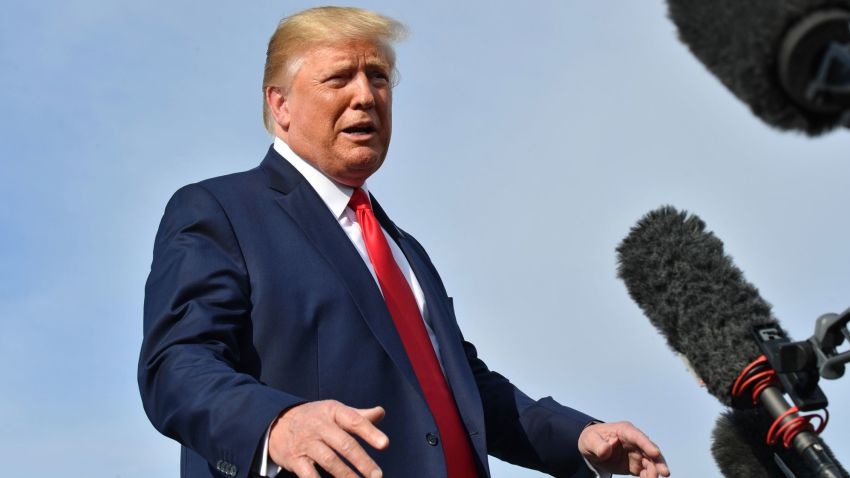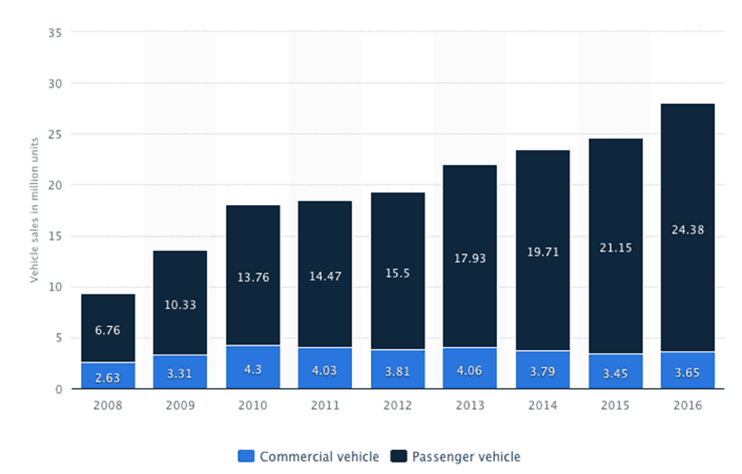Trump Administration Cuts Heighten Tornado Season Dangers

Table of Contents
Weakened Environmental Regulations and Their Impact on Tornado Formation
The scientific consensus is clear: climate change is altering weather patterns, leading to more severe weather events, including tornadoes. Warmer temperatures, changes in atmospheric pressure, and increased moisture levels all contribute to the formation of stronger and more frequent tornadoes. The Trump administration's environmental rollbacks have significantly undermined efforts to mitigate climate change, exacerbating these dangerous trends.
How did these rollbacks affect tornado formation? Weakened regulations impact several key factors:
- Increased Greenhouse Gas Emissions: Reduced monitoring and relaxed standards for pollution from power plants and industries led to a surge in greenhouse gas emissions, accelerating climate change.
- Deforestation and Land Use Changes: The weakening of regulations on deforestation contributes to increased carbon dioxide levels in the atmosphere, further fueling climate change. Changes in land use can also alter local weather patterns.
- Reduced Climate Change Research: Decreased funding for crucial climate change research hampered our understanding of these complex interactions and limited our ability to predict and prepare for extreme weather events.
Funding Cuts to National Weather Service and Disaster Preparedness
Effective tornado warnings are crucial for saving lives and minimizing damage. The National Weather Service (NWS) plays a vital role in providing these warnings, relying on advanced technology, skilled personnel, and robust data analysis. However, budget cuts under the Trump administration severely compromised the NWS's capabilities, leaving communities more vulnerable.
The consequences of these cuts are far-reaching:
- Reduced Infrastructure: Fewer weather stations and radar systems mean less comprehensive monitoring and potentially delayed warnings.
- Outdated Technology: Delayed technology upgrades impacted the accuracy and speed of tornado warnings, leaving less time for people to take protective measures.
- Understaffing: Fewer personnel for data analysis and warning dissemination meant slower response times and potentially less effective warnings.
- Lack of Public Education: Decreased funding for public education campaigns on tornado safety left many communities ill-prepared to face the threat.
The Economic and Social Costs of Increased Tornado Damage
The economic and social costs of increased tornado damage are staggering. More frequent and intense tornadoes result in:
- Massive Property Loss: The destruction of homes, businesses, and infrastructure leads to billions of dollars in damages. Recent years have witnessed a significant increase in the cost of tornado-related damage.
- Displaced Communities: Tornadoes often leave communities devastated, forcing residents from their homes and disrupting lives for years to come. The long-term recovery process is often slow and arduous.
- Loss of Life: The tragic loss of human life is the most devastating consequence of tornadoes. Improved warning systems and preparedness measures can reduce this impact.
- Disproportionate Impact on Vulnerable Populations: Low-income communities and marginalized groups often bear the brunt of the damage, lacking the resources to rebuild and recover effectively.
The Perilous Link Between Trump Administration Cuts and Tornado Season Dangers
In conclusion, the evidence strongly suggests a link between the Trump administration's environmental rollbacks and funding reductions, and the increased dangers we face during tornado season. The weakened environmental regulations have exacerbated climate change, leading to more frequent and intense tornadoes. Simultaneously, budget cuts to the NWS and disaster preparedness initiatives have hampered our ability to effectively warn and protect communities. The economic and social costs associated with this increased risk are immense, impacting individuals, communities, and the nation as a whole.
To mitigate tornado risks, we must strengthen environmental protection, support the National Weather Service with adequate funding, and invest in robust disaster preparedness initiatives. We must advocate for policies that address climate change, improve our warning systems, and build more resilient communities. Visit the [link to relevant organization, e.g., the National Weather Service website] to learn more and take action. Let's work together to protect ourselves and our communities from the increasing dangers of tornado season.

Featured Posts
-
 Clutch Performances From Hield And Payton Secure Warriors Win Against Blazers
Apr 25, 2025
Clutch Performances From Hield And Payton Secure Warriors Win Against Blazers
Apr 25, 2025 -
 Trumps Cuts To Disaster Relief Heightened Risks During Tornado Season
Apr 25, 2025
Trumps Cuts To Disaster Relief Heightened Risks During Tornado Season
Apr 25, 2025 -
 Warriors Hield And Payton Key Bench Performances Fuel Victory Over Blazers
Apr 25, 2025
Warriors Hield And Payton Key Bench Performances Fuel Victory Over Blazers
Apr 25, 2025 -
 Trump Administration Cuts Heighten Tornado Season Dangers
Apr 25, 2025
Trump Administration Cuts Heighten Tornado Season Dangers
Apr 25, 2025 -
 All Star Weekend 2024 Tyler Herro And The Cleveland Cavaliers Shine
Apr 25, 2025
All Star Weekend 2024 Tyler Herro And The Cleveland Cavaliers Shine
Apr 25, 2025
Latest Posts
-
 The Shifting Sands Of The Chinese Automotive Market Implications For Bmw Porsche And Competitors
Apr 26, 2025
The Shifting Sands Of The Chinese Automotive Market Implications For Bmw Porsche And Competitors
Apr 26, 2025 -
 Analyzing The Chinese Automotive Market Case Studies Of Bmw And Porsche
Apr 26, 2025
Analyzing The Chinese Automotive Market Case Studies Of Bmw And Porsche
Apr 26, 2025 -
 Beyond Bmw And Porsche A Broader Look At Foreign Automakers China Problems
Apr 26, 2025
Beyond Bmw And Porsche A Broader Look At Foreign Automakers China Problems
Apr 26, 2025 -
 Are Bmw And Porsche Losing Ground In China A Deep Dive Into Market Trends
Apr 26, 2025
Are Bmw And Porsche Losing Ground In China A Deep Dive Into Market Trends
Apr 26, 2025 -
 The China Factor Analyzing The Automotive Industrys Difficulties In The Chinese Market
Apr 26, 2025
The China Factor Analyzing The Automotive Industrys Difficulties In The Chinese Market
Apr 26, 2025
